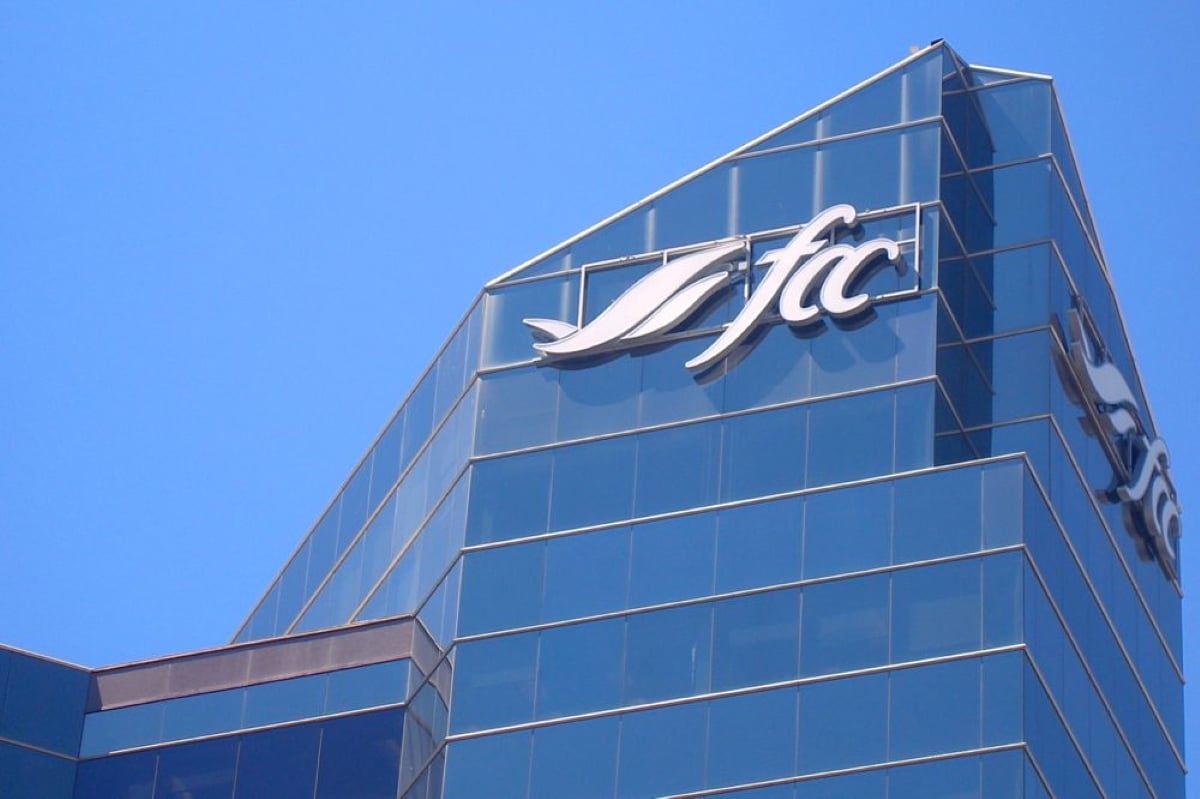A prominent Alberta hay exporter, Transfeeder Inc., is finding Manitoba to be a good potential supply source.
The company has already announced plans for a $1.5 million hay densification plant called Sunridge Forages on the western side of the province in Russell, Man.
Transfeeder says it ships 75 percent of all Canadian forage exports, most of them going to Asia where compacted timothy is fed to dairy cattle.
Vice-president Barry Schmitt says he’s been looking at another opportunity north of Winnipeg.
“We’re getting a lot of buy-ins from guys who are looking at something that can be value-added right in their communities.”
Read Also

Farm Credit Canada partners with major Toronto innovation hub
A FCC parntership with MaRS Discovery District aims to solve technology problems in food supply chains.
Schmitt found a willing partner for a joint-venture project in Russell farmer Garry Halwas. He had been growing timothy for seven years for his pregnant mares’ urine operation.
“Once we starting looking into the size of the market for timothy, we decided to go a little further with it,” Halwas said. But shipping his excess hay production to Alberta didn’t make economic sense.
The partners will build a plant that can compact about 30,000 tonnes of hay. They will haul containers to Regina, where they will be taken by rail to port.
Farmers in Manitoba’s northwest will need to plant up to 20,000 acres to supply the plant. So far, farmers look interested: Almost 200 showed up for an information meeting earlier in the year.
“The loss of the Crow rate, it’s killing us,” said Halwas.
But he said forages are cheaper to grow than cereals and have much higher returns.
Farmers can expect to spend about $3 an acre on seed for a stand that will last five or six years, plus about $25 per acre on fertilizer.
Halwas said farmers can get a yield of two tonnes per acre. Top quality hay is worth about $125 per tonne, while timothy straw is worth $55 per tonne. The company has a variety of grades and prices in between.
He hopes a 5,040-sq.-metre storage building will be ready by the end of July, with compaction starting in a 1,440-sq.-m plant in September.
Supply may be tight for the first year.
“I’m trying to show the people it’s a good thing and it’s here to stay. I’m risking my neck to get things going,” Halwas said.
He has 800 acres in timothy stands himself, and will seed another 1,900 acres this spring.
Schmitt said the province has good black soil and the right climate for timothy. Provincial government forage specialists have been aggressive in promoting the crop, he said.
And farmers seem to have the right attitude about forages, he added.
“It hasn’t been just generations of grain farmers who are scared of it. It’s a strange phenomenon: Some farmers will spend $1 million on a line of equipment to grow wheat to make $20 per acre, but they won’t invest $50,000 or $75,000 in equipment so they can make $200 per acre.”
Transfeeder is involved in similar operations in Peace River, Olds and Cremona, Alta., and plans another plant for Lethbridge this fall.














